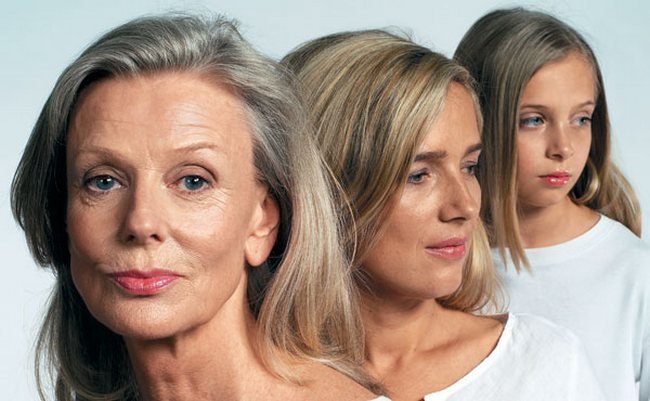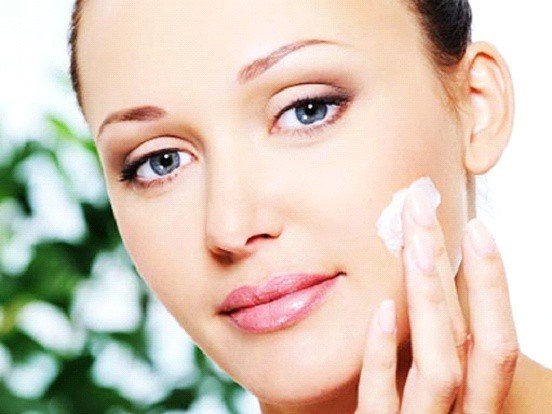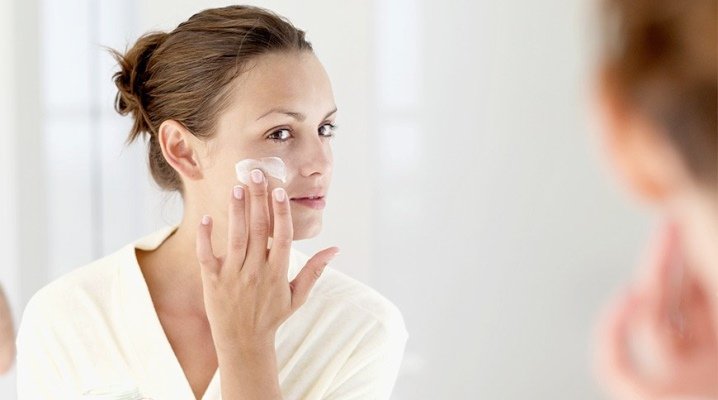This substance is a well-known antiseptic.

American researchers in tests on human skin cells showed that the usual methylene blue dye can slow down and even reverse certain signs of aging.
Researchers from the University of Maryland at College Park tested the methylene blue for four weeks on human skin cells from donors with progeria, a rare genetic disease that is accompanied by premature aging. In addition to methylene blue, the researchers also tested other well-proven antioxidants: MitoQ, MitoTEMPO and acetylcysteine.

In the aging process, the most important role is played by active oxygen species, the main of which is the superoxide anion formed in the respiratory chain of the mitochondria. These radicals are dangerous because they can damage healthy cells. In experiments, methylene blue "overtook" the other three antioxidants in the fight against aging. Under the action of the antioxidant, skin cells became less susceptible to the action of reactive oxygen species. The rate of cell death decreased, and the rate of their division increased.

In the second part of the experiment, scientists checked how the dye will work in the skin of older people (over 80 years old). After a month of observation, the researchers noticed a decrease in the expression of two genes associated with cellular aging.
Scientists believe that methylene blue does not have a temporary effect, but has a long-term effect on the skin. According to researchers, this antioxidant can be used in cosmetic products.
Up voted and followed